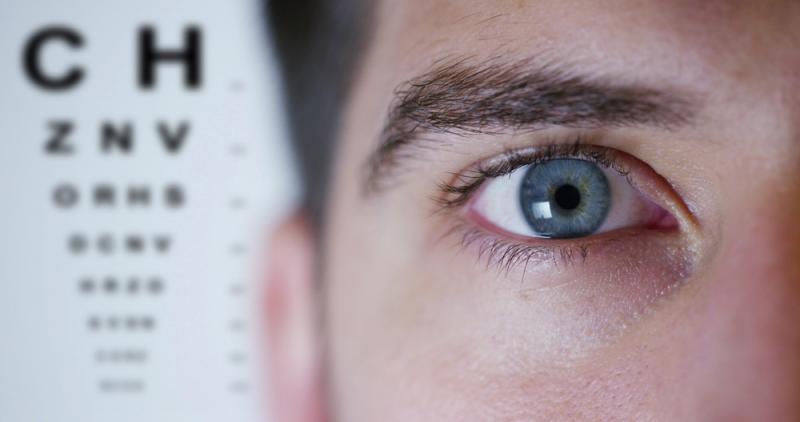Strabismus
Strabismus Treatment at Visionary Eye Care

Strabismus (Crossed Eye)
Strabismus is the term used when a child’s eyes do not both point at what is being regarded. While one eye is pointed accurately the other eye is crossed in toward the nose or out toward the ear. An occasional brief crossing of the eyes is actually to be expected in babies under 8 or 9 months old. However, as the child grows, his or her ability to use both eyes together should increase and the eye turn (strabismus) should be observed less and less over time.
Causes of Strabismus
Around 2-4% of children never fully learn to use both eyes together, and therefore, continue to turn an eye. Most of these children learn to suppress a small amount of information from the turned eye in order to not experience double vision, and without intervention will continue to have strabismus into adulthood. It is important to understand that there is no important difference in the muscles of children with and without strabismus. Children with strabismus do not generally have “weak muscles.” Rather they simply lack the skill to fully integrate the vision from both eyes. Fortunately, skill can be learned.
Treatment of Strabismus
Children with strabismus can learn to use both eyes together by engaging in Vision Therapy (VT). VT is a personalized program of care, in which, the child does a variety of activities that enhance visual skill so that they can integrate the vision from both eyes, so that the eye turn is no longer necessary. These enhanced skills have the added benefit of greatly improving sports and academic performance. VT for strabismus usually takes about 18 months to complete, but since VT is aimed at changing the brain rather than the eye muscles, the length of a VT program can vary significantly.
If a child cannot engage in a VT program, there are surgical options. The ocular muscle surgery can be quite seductive, since the results are much faster, and the effort required by the child is much less. It should be noted, however, that the surgery is almost exclusively cosmetic in terms of its possible benefits and it is one of the only medical procedures, in which, healthy muscles are purposely damaged to achieve the desired outcome. Often multiple surgeries are required and rarely help the associated vision deficits such as lack of depth perception, poor hand eye coordination, and reading difficulty.
